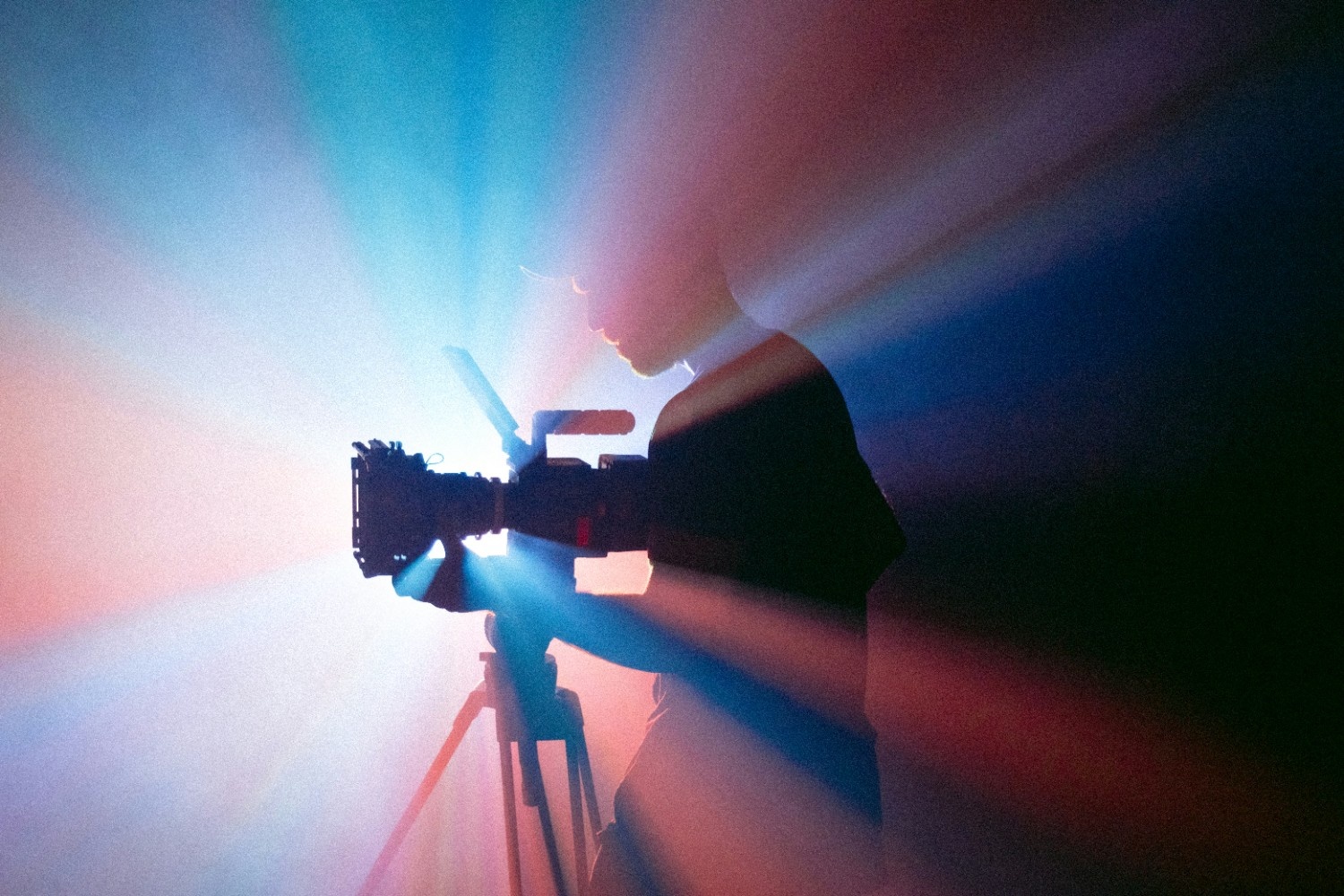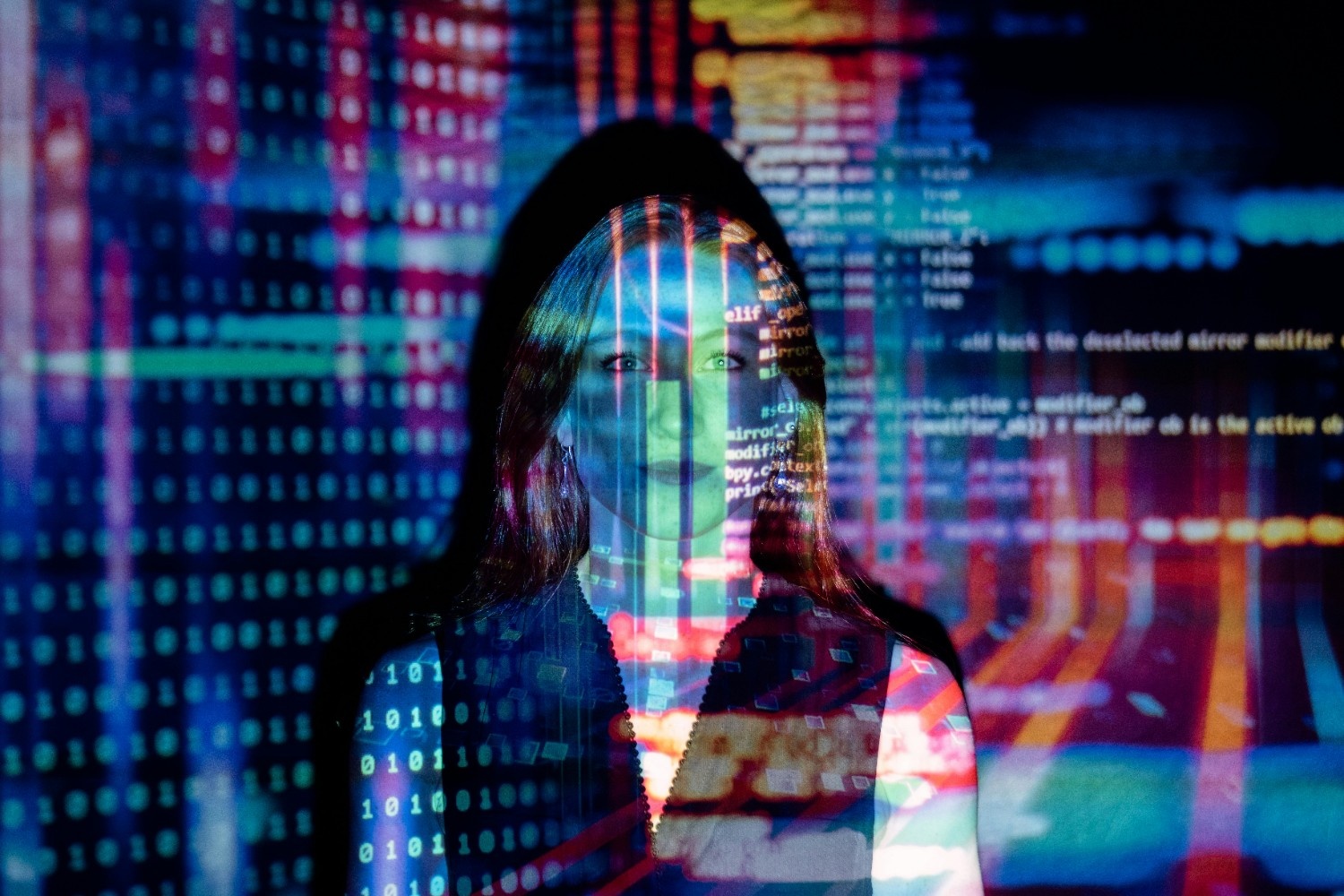The Screenplay Renaissance: How Modern Writers Are Reinventing Dialogue
5 Min. ReadIn an era influenced by mindless content pieces and dwindling attention spans, dialogue in films and TV series is experiencing a scroll-stopping revamp. No longer just the supportive tyres pushing the plot forward, dialogue is now taking the wheel, allowing characters to shine, themes to be explored, and audiences hooked.
From Quentin Tarantino’s crisp and blunt exchanges to Phoebe Waller-Bridge’s razor-sharp wit, modern writers are proving that great dialogue isn’t just a conversation but an art form.
Dialogue Takes Centre Stage
If the 20th century saw dialogue as a functional necessity, the 21st century presents it as the main act. Dialogue today does more than reveal plot points; it defines characters, sets the tone, and creates the world viewers immerse in.
Take Aaron Sorkin’s The Social Network (2010), where Mark Zuckerberg’s sharp, succinct exchanges draw the image of a genius yet socially awkward and dangerously ambitious character — all within the first few words. Or Quentin Tarantino’s Pulp Fiction (1994), where Jules and Vincent’s wisecracks about European McDonald’s became an iconic moment in cinema, blending jest with dramatic tension in Tarantino’s classic style.
What marks this phenomenal shift? Well, the audience! We, as consumers, have compelled filmmakers to create more nuanced characters, people who are like us and not an ideal template that’s unrelatable. Writers have responded with authentic yet extraordinary dialogue—memorable enough to replay in your mind but natural enough to sound like something you’d overhear at your favourite brunch spot.
Generational Resonance in Dialogue
Writers have always practised the art of speaking to different generations through dialogue. From Hrishikesh Mukherjee and Gulzar’s poetic prose in Anand to Phoebe Waller-Bridge’s chaotic and self-aware humour in Fleabag, each generation has navigated the same themes of love, loss, and existential crises.
A great example of cinematography evolution is Fleabag’s asides to the camera — a breaking of the third wall that feels intimate and conspirational. The dialogue almost feels like a shared secret, creating a relationship with the viewer. “You’re already familiar with it,” she’d say with a smirk, validating the audiences’ experiences with her own messy, brutally honest confessions.
Boomers and Gen X, meanwhile, might gravitate towards the layered conversations in Anand, where every word is laden with deep meaning. Anand’s stunning line, “Babumoshai, zindagi badi honi chahiye, lambi nahi,” encapsulates the film’s poignant exploration of life, friendship, and mortality. Humour and heartbreak come together in this iconic piece of cinema, making it a cornerstone of Indian cinematic history and how beautifully Mukherjee and Gulzar convey that optimism always triumphs over despair.
Trends Redefining Modern Dialogue
- Hyper-Realism Meets Stylization
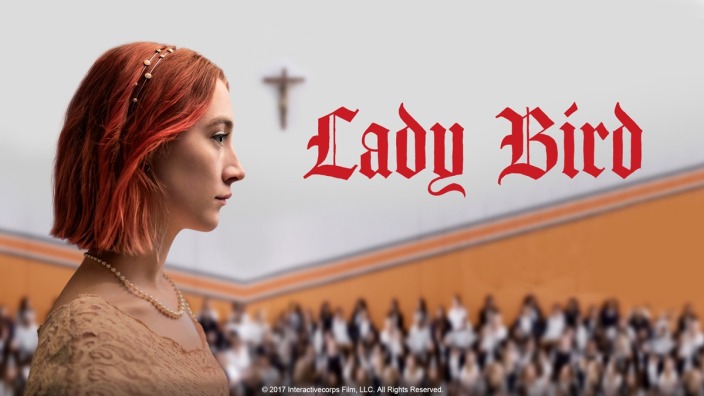
Writers like Greta Gerwig (Lady Bird, Barbie) blend hyper-realistic exchanges with heightened stylization, giving her dialogue an organic yet poetic quality. A mother and daughter arguing over a thrift store dress in Lady Bird is painfully real, or Barbie’s first tear once she enters the real world, proves Gerwig’s choice of words is always universal, resonating over cultures and generations.
- Breaking the Fourth Wall
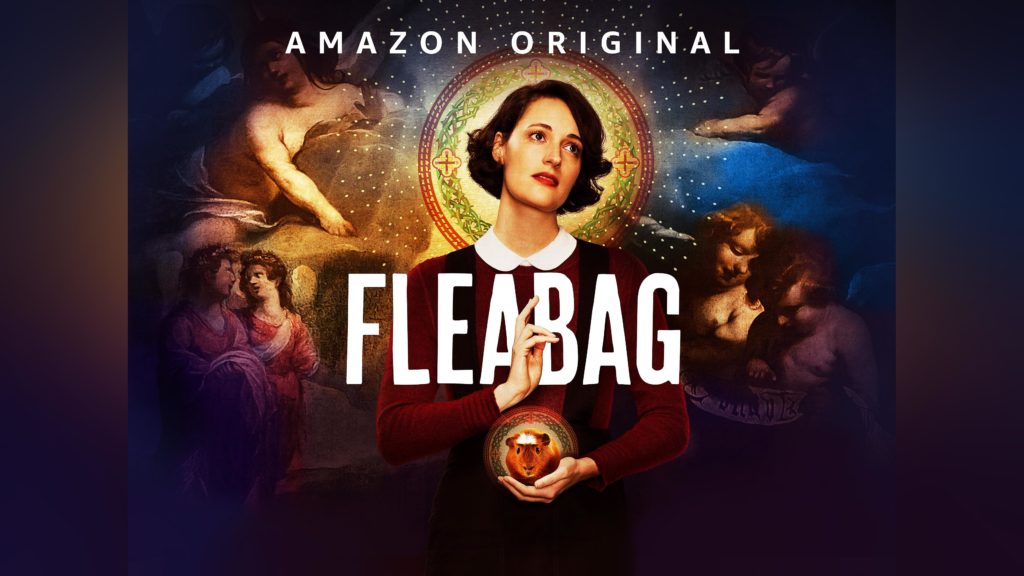
From Fleabag to Deadpool, breaking the fourth wall has become a hallmark to contemporary dialogue, creating a playful, direct relationship with the viewers. This type of dialogue is almost like performance art, where the character becomes both actor and audience.
- Pop-Culture Integration
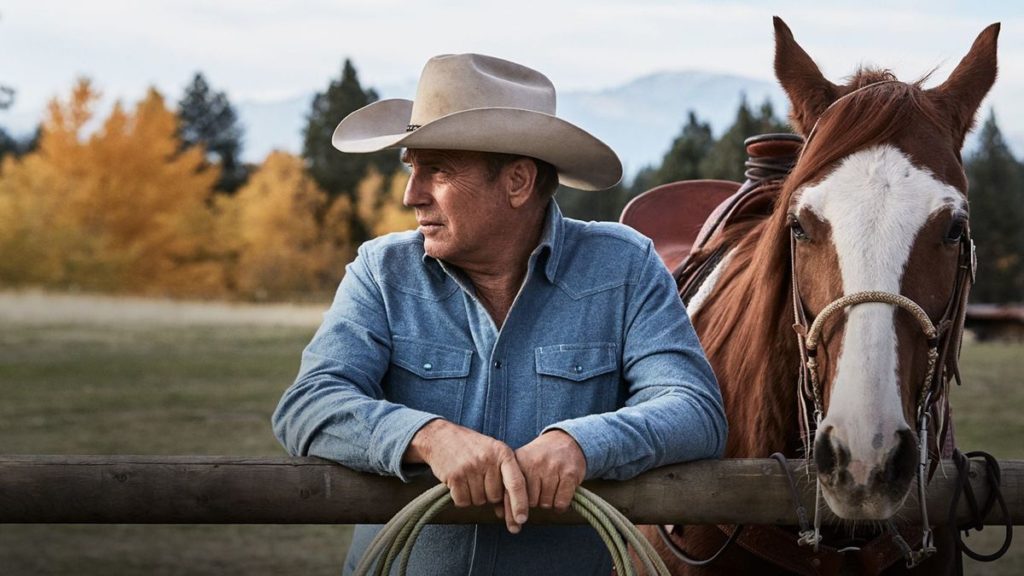
Writers like Taylor Sheridan (Yellowstone) and Lena Dunham (Girls) infuse their dialogues with cultural remarks, rooting their narratives in the zeitgeist. When Dunham’s Hannah Horvath says, “I think I may be the voice of my generation—or at least a voice of a generation,” it’s cringeworthy yet self-aware tone captures the millennial ambition and uncertainty perfectly.
The Craft of Dialogue
Great diaogue isn’t just about cracking witty one-liners or having elaborate confrontations. It’s about writing dialogue that’s authentic, rhythmic, and seeped in character. How can modern writers master this art?
- Find Your Voice: Phoebe Waller-Bridge has a distinct comedic voice, blending self-deprecation with biting social commentary. Find a style that resonates with you and sharped it with surgeon’s precision.
- Economy of Words: Quentin Tarantino often says more with silence than words. The key is to know the right time to use dialogues, ensuring every word spoken counts.
- Speak to the Audience: Understand who you’re speaking to beyond the silver screen and write dialogue that resonates with them.
Why Dialogue Matters
Dialogue is the foundation of great storytelling. Good dialogue shapes our perception of characters, deepens the themes of the story, and, when done right, stays with us long after the credits roll. Modern screenwriters, in film and series have raised the bar, proving that dialogue is no longer a side crutch but rather the heartbeat of the story.
So, the next time you’re watching a film or bingeing a series, pay attention to what the characters are saying. The words have more power than you think.
Written by – Arya Chatterjee

